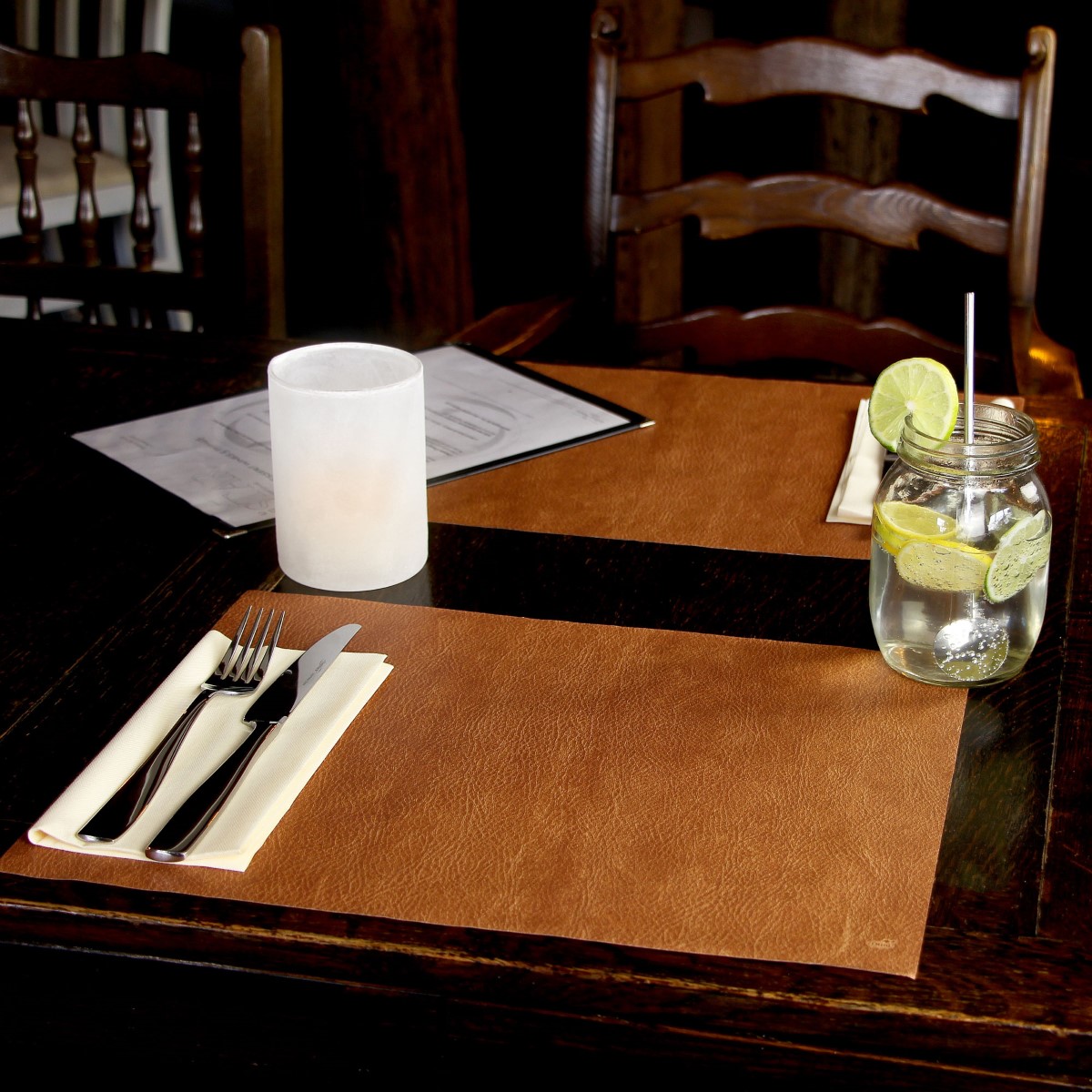

Tableware
What Can I Use Instead Of Placemats
Modified: May 6, 2024
Looking for alternatives to traditional placemats? Discover a range of stylish and practical tableware options that will elevate your dining experience.
(Many of the links in this article redirect to a specific reviewed product. Your purchase of these products through affiliate links helps to generate commission for Storables.com, at no extra cost. Learn more)
Introduction
In the world of tableware, placemats play a crucial role in protecting our tables from spills, heat, and scratches while adding a touch of style to our dining experience. However, there may be instances where you find yourself without placemats or simply want to explore alternatives to switch things up. Whether you’re hosting a dinner party or enjoying a meal at home, there are several creative and practical options you can use instead of traditional placemats. In this article, we will explore some of the best alternatives that will not only protect your table but also enhance its aesthetic appeal.
Key Takeaways:
- Elevate your table setting by using versatile alternatives to traditional placemats, such as tablecloths, DIY fabric placemats, chargers, napkins, and decorative trays. Showcase your creativity and style while protecting your table from spills and scratches.
- Explore unique individual placemat alternatives, including chalkboard placemats, tile placemats, coaster placemats, laminated placemats, printed paper placemats, and fabric napkins. Personalize each guest’s dining experience and add a touch of creativity to your table setting.
Read more: What Can I Use Instead Of A Protractor
Using Tablecloths
One of the simplest and most versatile alternatives to placemats is using tablecloths. A tablecloth covers the entire surface of your table, providing a seamless and elegant look. It not only protects your table from spills and stains but also allows you to showcase your personal style and creativity.
You can choose from a wide range of tablecloth materials, colors, and patterns to suit your occasion and décor. For a formal setting, opt for a crisp white or muted color tablecloth. If you’re hosting a casual gathering or want to add a pop of color, consider using a vibrant or patterned tablecloth.
Another advantage of using tablecloths is that they can be easily layered with table runners, placemats, or even a combination of both. This creates a visually appealing and textured effect on your table, adding a touch of sophistication to your dining experience.
To ensure a proper fit, choose a tablecloth that is at least six to eight inches longer than your table on each side. This will allow for an elegant drape and prevent the tablecloth from hanging too low or slipping off the table. Be sure to properly secure the tablecloth using clips or weights to ensure it stays in place throughout the meal.
Remember to wash and iron your tablecloth before use, as this will ensure a clean and polished appearance. Additionally, it’s a good idea to have a backup tablecloth on hand in case of any spills or accidents during your meal.
DIY Fabric Placemats
If you want to add a personal touch to your table setting, why not try making your own fabric placemats? DIY fabric placemats are not only budget-friendly but also allow you to showcase your creativity and unique style.
To create your own fabric placemats, start by selecting a fabric that suits your taste and matches the overall theme or color scheme of your table setting. Consider fabrics such as cotton, linen, or even burlap for a rustic touch.
Measure and cut the fabric into rectangular shapes, ensuring they are large enough to accommodate a dinner plate and any additional tableware. You can use a ruler and fabric scissors to ensure precise and even cuts.
Once you have your fabric pieces, you can further embellish them by adding decorative elements such as lace trim, ribbon, or embroidery. This will add a personalized and unique touch to your placemats.
To ensure longevity and durability, consider adding a backing to your fabric placemats. You can easily achieve this by cutting a piece of fusible interfacing or felt slightly smaller than the dimensions of your fabric. Simply place the backing material on the wrong side of the fabric and use an iron to fuse them together.
For a more finished look, you can also sew a seam around the edges of the placemats using a sewing machine or by hand. This will prevent fraying and provide a neat and professional finish.
Once your fabric placemats are complete, they are ready to be used. Remember to wash them according to the fabric’s care instructions to keep them clean and fresh for future use.
Not only are DIY fabric placemats a fun and creative project, but they also offer the flexibility to customize the design and size to suit your specific needs. Whether you prefer a minimalist, bohemian, or eclectic style, fabric placemats can be tailored to create the perfect table setting for any occasion.
Chargers and Decorative Plates
If you’re looking for an alternative to traditional placemats that adds a touch of elegance and sophistication to your table, consider using chargers and decorative plates. Chargers are large decorative plates that are typically placed underneath the dinner plate, creating a layered and visually appealing look.
Chargers come in a variety of materials such as metal, glass, or even wood, allowing you to choose the option that best complements your table setting. They add a luxurious touch and can be used to enhance both formal and casual dining occasions.
One of the major advantages of using chargers is that they provide a dedicated space for each individual’s tableware, keeping the table organized and visually pleasing. They also act as a protective layer between the dinner plate and the table, preventing any heat damage or spills from reaching the table surface.
Pairing chargers with decorative plates further adds depth and style to your table setting. Decorative plates can feature intricate designs, vibrant colors, or even unique shapes, allowing you to showcase your personal style and creativity.
When using chargers and decorative plates, it’s important to consider the size and proportion. Ensure that the chargers are larger than the dinner plates to create a visually pleasing layered effect. The decorative plates should be slightly smaller than the dinner plates to prevent them from overlapping.
To maintain hygiene, it’s advisable to use a separate charger and plate for each guest and to wash them according to the material’s specific care instructions. By regularly cleaning and storing them properly, you can enjoy the beauty and functionality of chargers and decorative plates for many dining occasions to come.
Using chargers and decorative plates not only serves as an alternative to traditional placemats but also enhances the overall aesthetic appeal of your table. It creates a polished and sophisticated look that elevates the dining experience, making it perfect for formal gatherings, dinner parties, or even special occasions.
You can use a table runner, a clean dish towel, or even a piece of fabric as an alternative to placemats. These options can add color and protection to your table while serving the same purpose as traditional placemats.
Napkins and Napkin Rings
When it comes to table settings, napkins are a practical and essential element. They not only serve a functional purpose but also add a touch of elegance and sophistication. If you don’t have placemats on hand, using napkins and napkin rings can be an excellent alternative.
Napkin rings are decorative accessories that hold folded napkins in place. They come in a variety of materials, including metal, wood, and even fabric, allowing you to choose the option that suits your table setting and personal style.
To set the table using napkins and napkin rings, start by folding the napkins into your desired shape. Popular options include a classic rectangular fold or a decorative fan fold. Once folded, slide a napkin ring onto the napkin and position it at the center or slightly off-center. This will create a neat and stylish presentation.
Napkin rings can be further enhanced by adding embellishments such as ribbons, charms, or even fresh flowers. This allows you to customize the napkin rings to match the theme or occasion.
Using napkins and napkin rings not only adds a decorative element to your table but also serves as a practical alternative to placemats. Napkins provide a protective layer between the table and dinnerware, preventing any spills or stains from reaching the table surface.
Additionally, napkins offer versatility in terms of color, pattern, and fabric choice, allowing you to coordinate them with your overall table decor. Whether you prefer a classic linen napkin or a vibrant printed fabric, the options are endless.
After the meal, remember to collect the used napkins and gently clean or launder them according to the fabric’s care instructions. Napkin rings can be stored for future use, ensuring that you have a stylish and functional alternative to placemats for your next table setting.
Using napkins and napkin rings not only adds a decorative and practical touch to your table but also allows you to showcase your creativity and attention to detail. Whether you’re hosting a formal dinner or enjoying a casual meal, this alternative to placemats will surely impress your guests and elevate the overall dining experience.
Read more: What Can I Use Instead Of Curtains
Decorative Tray or Cutting Board
If you’re looking for a unique and versatile alternative to traditional placemats, consider using a decorative tray or cutting board. These items not only add a visually appealing element to your table but also offer a practical solution for serving and presenting your meal.
A decorative tray or cutting board can serve as a stylish foundation for your table setting. Choose one that complements your overall theme or color scheme and is large enough to accommodate your dinnerware and food items.
One of the advantages of using a decorative tray or cutting board is that it creates a defined space for your plates, glasses, and utensils. This helps to keep the table organized and prevents accidental spills or messes.
You can further enhance the look of the tray or cutting board by arranging smaller decorative items such as candles, flowers, or even small bowls of condiments or sauces. This adds depth and visual interest to your table setting.
When using a decorative tray or cutting board, it’s important to ensure that it is clean and well-maintained. Regularly wipe down the surface to remove any food residue or stains and store it in a safe place when not in use.
In addition to serving as an alternative to placemats, a decorative tray or cutting board can also be a multi-functional piece. After the meal, you can repurpose it as a cheese platter, charcuterie board, or a tray for serving desserts or drinks.
Using a decorative tray or cutting board not only adds a touch of style and sophistication to your table but also offers functionality and versatility. It allows you to showcase your personal taste and creativity while providing a practical solution for serving and presenting your meal.
Individual Placemat Alternatives
If you prefer to have individual placements for each guest at the table, there are several alternatives that can add a unique touch to your table setting. These individual placemat alternatives not only serve as protective layers but also contribute to the overall aesthetics of your dining experience.
1. Chalkboard Placemats: Chalkboard placemats are a fun and interactive alternative that allows guests to write personalized messages or doodles on their individual mats. These reusable placemats can be wiped clean and customized for each occasion.
2. Tile Placemats: Using individual tiles as placemats not only adds a contemporary and stylish element to your table but also provides a durable and easy-to-clean surface. Mix and match different tile designs to create a unique and personalized look.
3. Coaster Placemats: Coasters are typically used to protect surfaces from drink spills, but they can also be repurposed as individual placemats. Place a set of coasters at each seat, allowing guests to place their drinks and small plates on them.
4. Laminated Placemats: Creating laminated placemats using decorative paper or fabric adds both style and functionality to your table setting. The lamination adds durability and makes it easy to clean after each use.
5. Printed Paper Placemats: Disposable or printed paper placemats offer a hassle-free solution for individual placements. Choose designs that match your theme or incorporate fun patterns and images to add a playful touch to your table.
6. Fabric Napkins as Placemats: Instead of using traditional placemats, opt for fabric napkins that can be unfolded and used as individual placements. This adds a touch of elegance and allows you to coordinate with the overall table decor.
When using individual placemat alternatives, it’s important to ensure that each guest has a designated space at the table. Arrange the placements in a neat and organized manner, ensuring everyone has enough space for their plate, utensils, and glass.
These individual placemat alternatives not only provide practical protection for your table but also allow for personalization and creativity. They create a unique dining experience for each guest and can easily be tailored to match any occasion or theme.
Conclusion
Placemats are a staple in tableware, providing protection and style to our dining experience. However, there are numerous alternatives available that can help add a unique touch to our tables and elevate the overall aesthetics.
Using tablecloths can create a seamless and elegant look, while DIY fabric placemats allow for personalization and creativity. Chargers and decorative plates add a touch of sophistication, and napkins with napkin rings provide both practicality and style. Decorative trays or cutting boards offer versatility, while individual placemat alternatives allow for a personalized touch for each guest at the table.
By exploring these alternatives, we can not only protect our tables from spills and scratches but also create a visually appealing and memorable dining experience. Whether we choose to use one of these options or combine them creatively, the possibilities are endless.
Remember to consider the occasion, theme, and your personal style when selecting alternative tableware options. Experiment with different materials, colors, and patterns to find what suits your taste and complements your table setting.
Regardless of the alternative you choose, make sure to maintain cleanliness and proper care to preserve the longevity of your tableware. Regular cleaning, storage, and adherence to care instructions will ensure that your alternatives to placemats last for multiple dining occasions.
So, the next time you find yourself without placemats or simply want to switch things up, consider these alternatives and let your creativity shine. Transform your dining table into a visually stunning and functional space that impresses your guests and enhances your overall dining experience.
With these alternatives in your arsenal, you can confidently host dinners, parties, and gatherings with style and flair, showcasing your unique taste and attention to detail. Bon appétit!
Curious about more than just alternatives to placemats? Dive into our detailed guide on charger plates, perfect for those special dining occasions. Plus, if you're hunting for kitchen essentials that stand up to rigorous use, don't miss our recommendations on cutting boards that are safe for dishwasher use, ensuring they remain both functional and sanitary year-round. These reads are sure to spruce up both your knowledge and your kitchen!
Frequently Asked Questions about What Can I Use Instead Of Placemats
Was this page helpful?
At Storables.com, we guarantee accurate and reliable information. Our content, validated by Expert Board Contributors, is crafted following stringent Editorial Policies. We're committed to providing you with well-researched, expert-backed insights for all your informational needs.
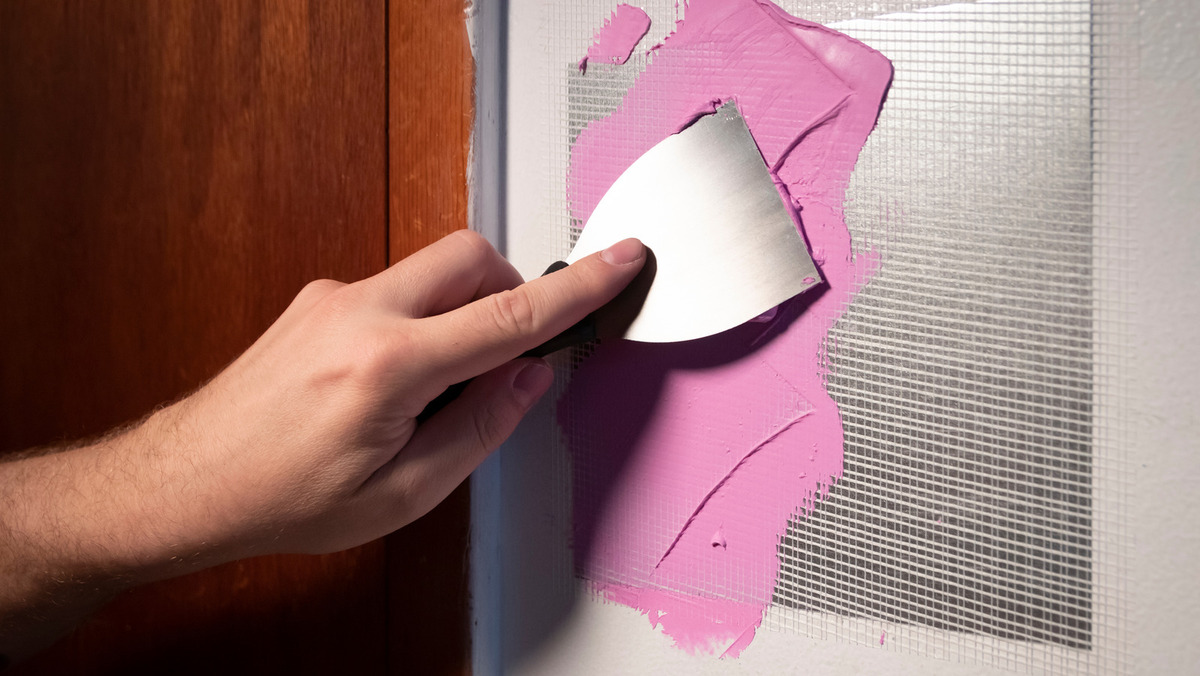
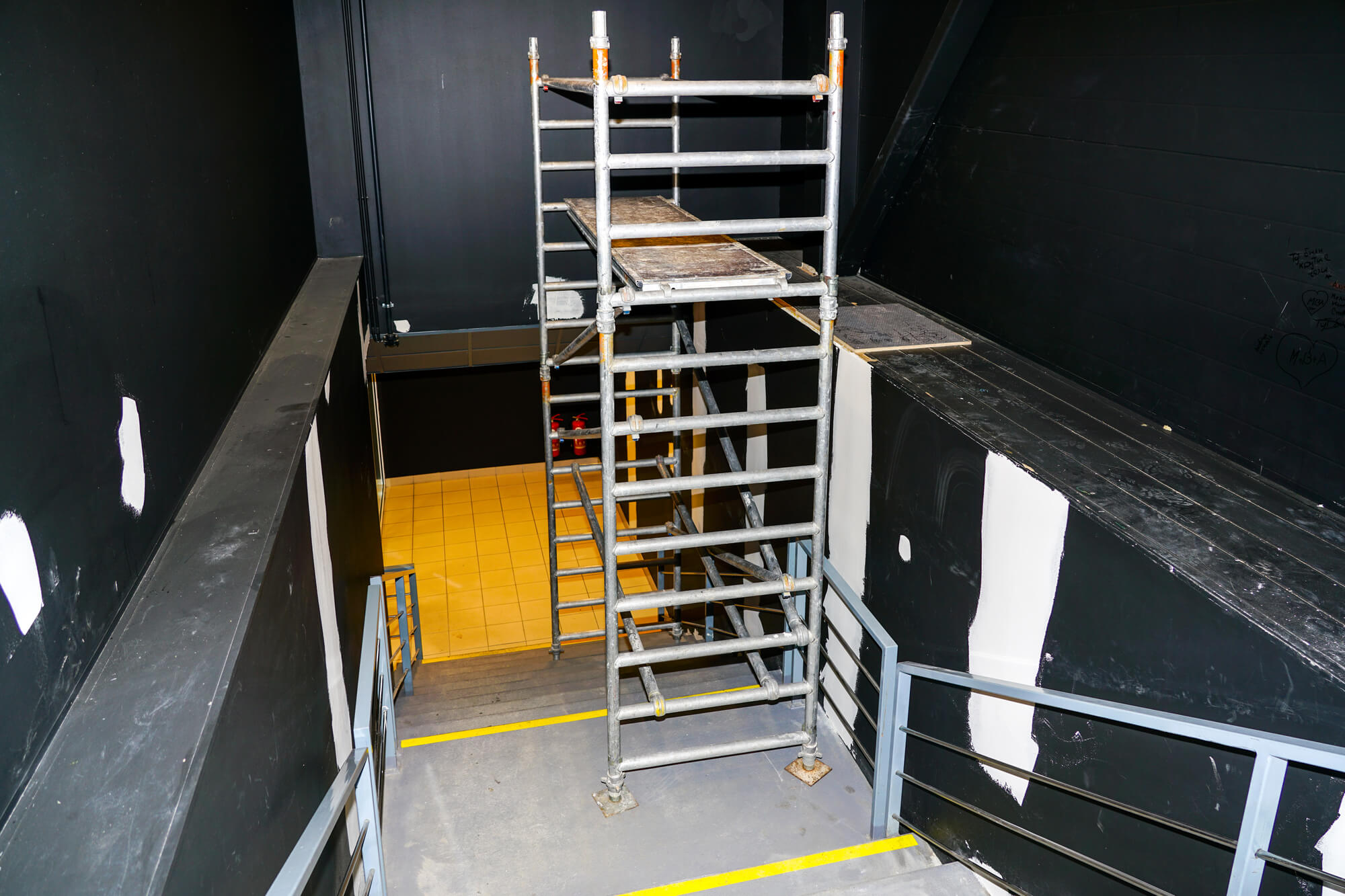

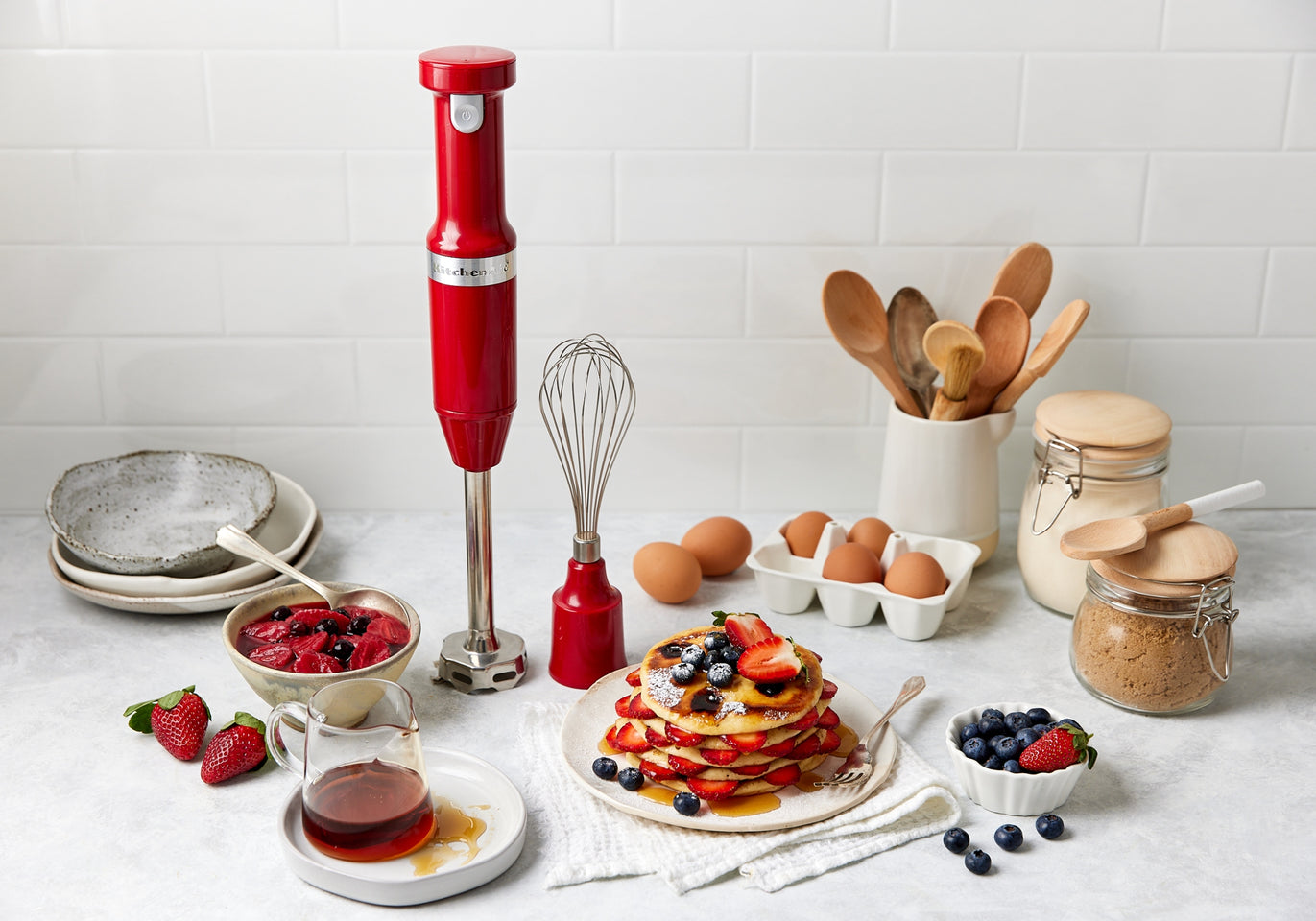
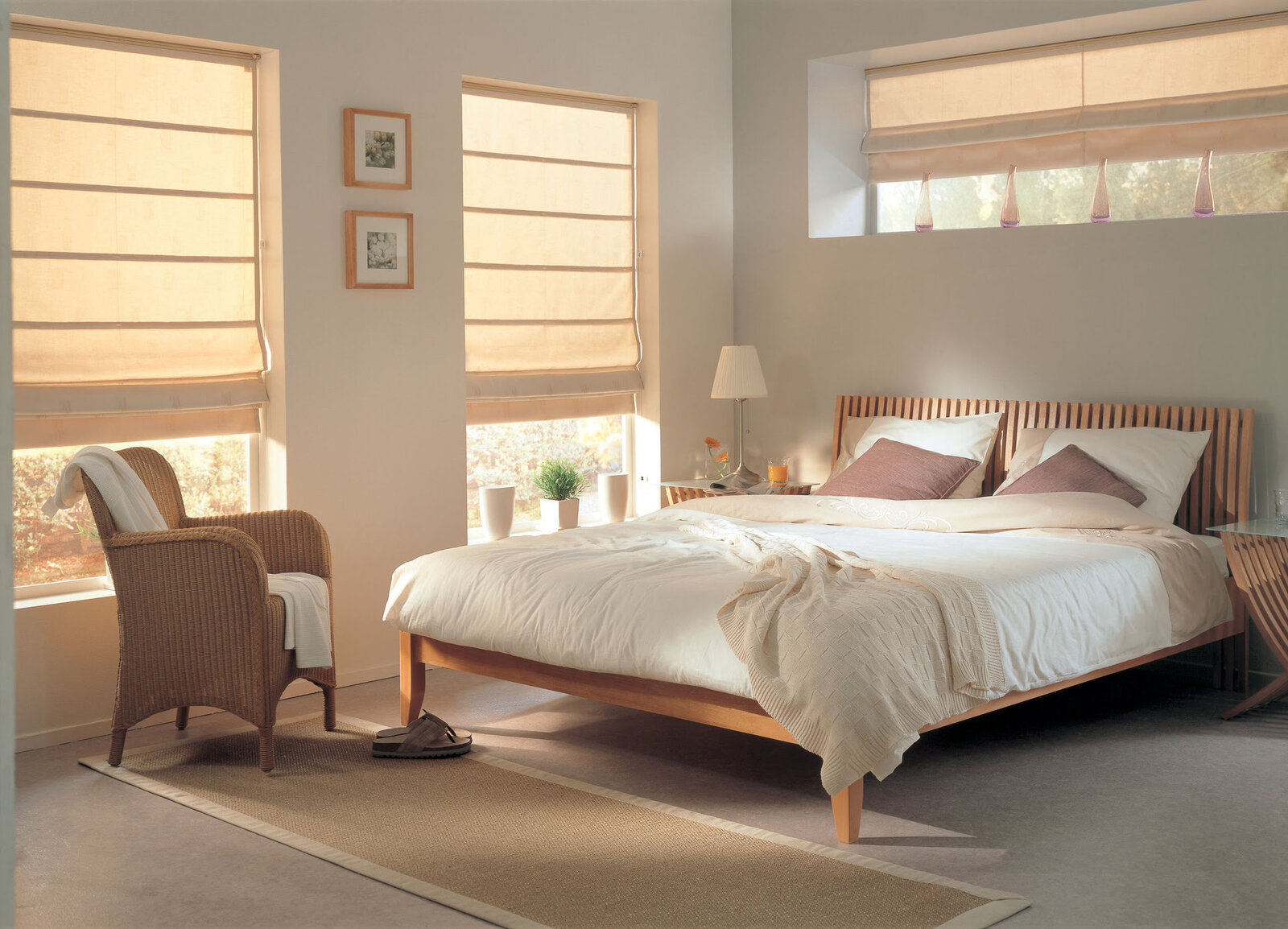
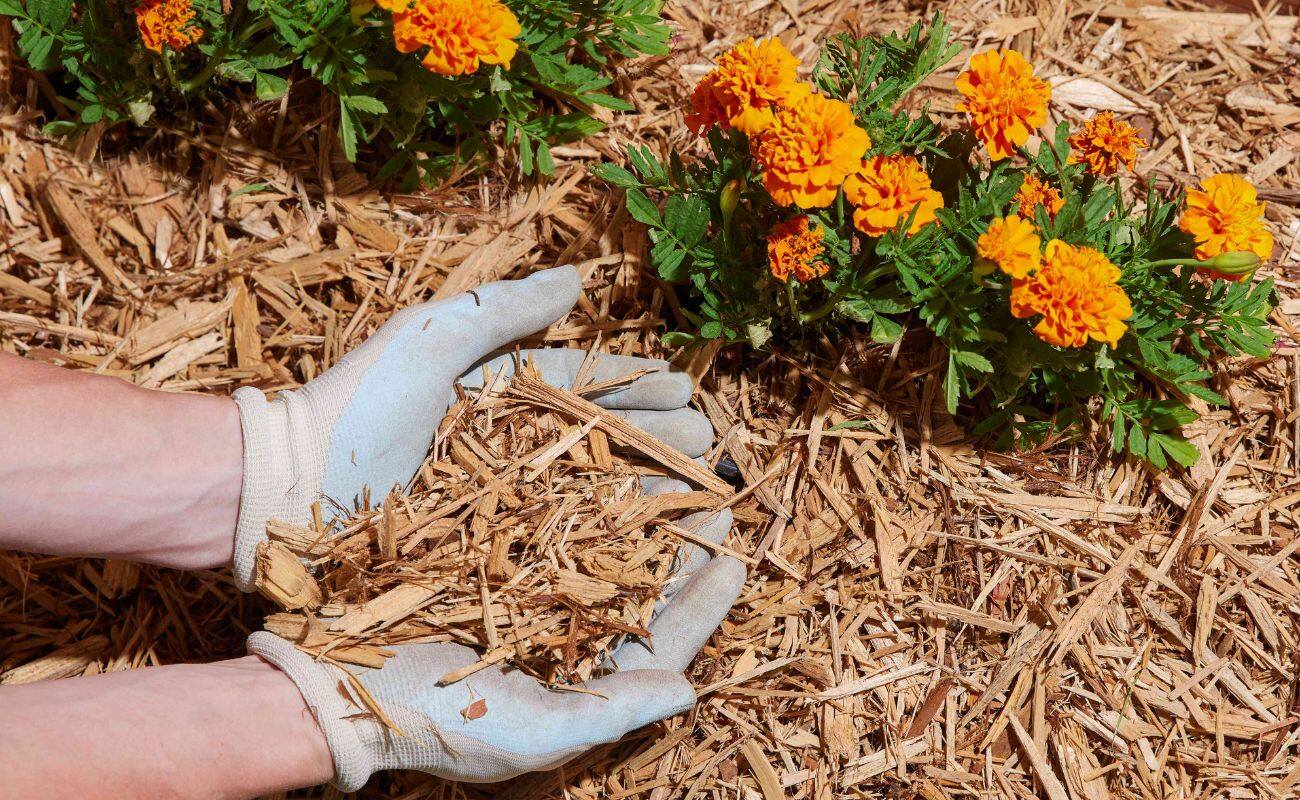
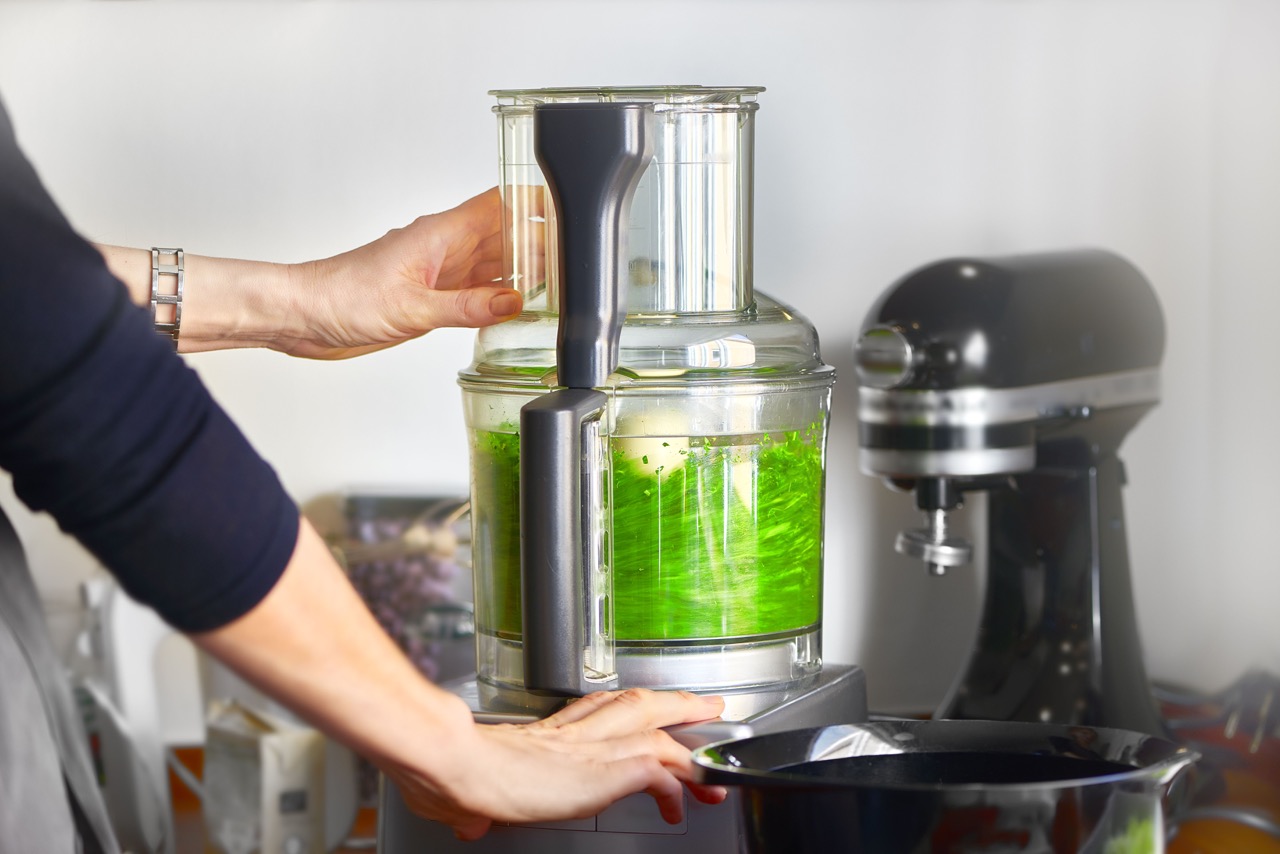
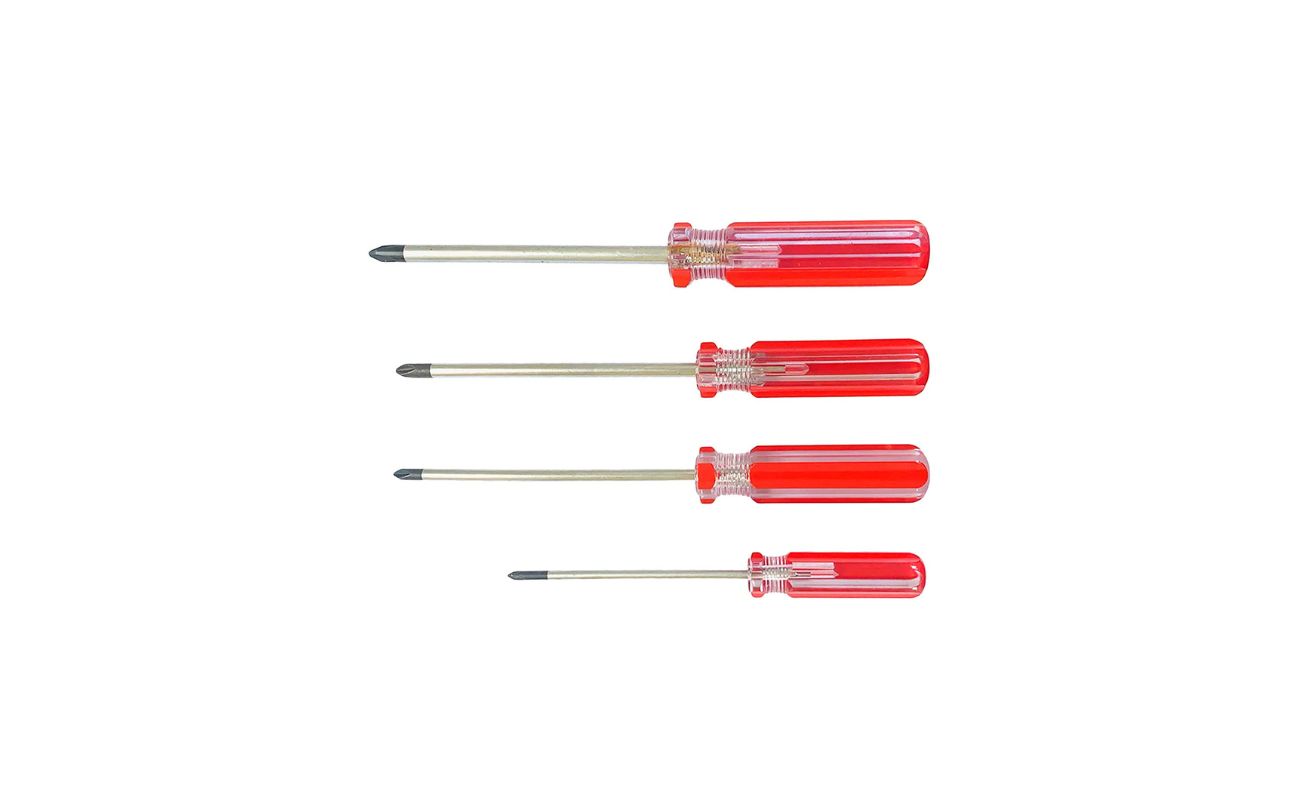
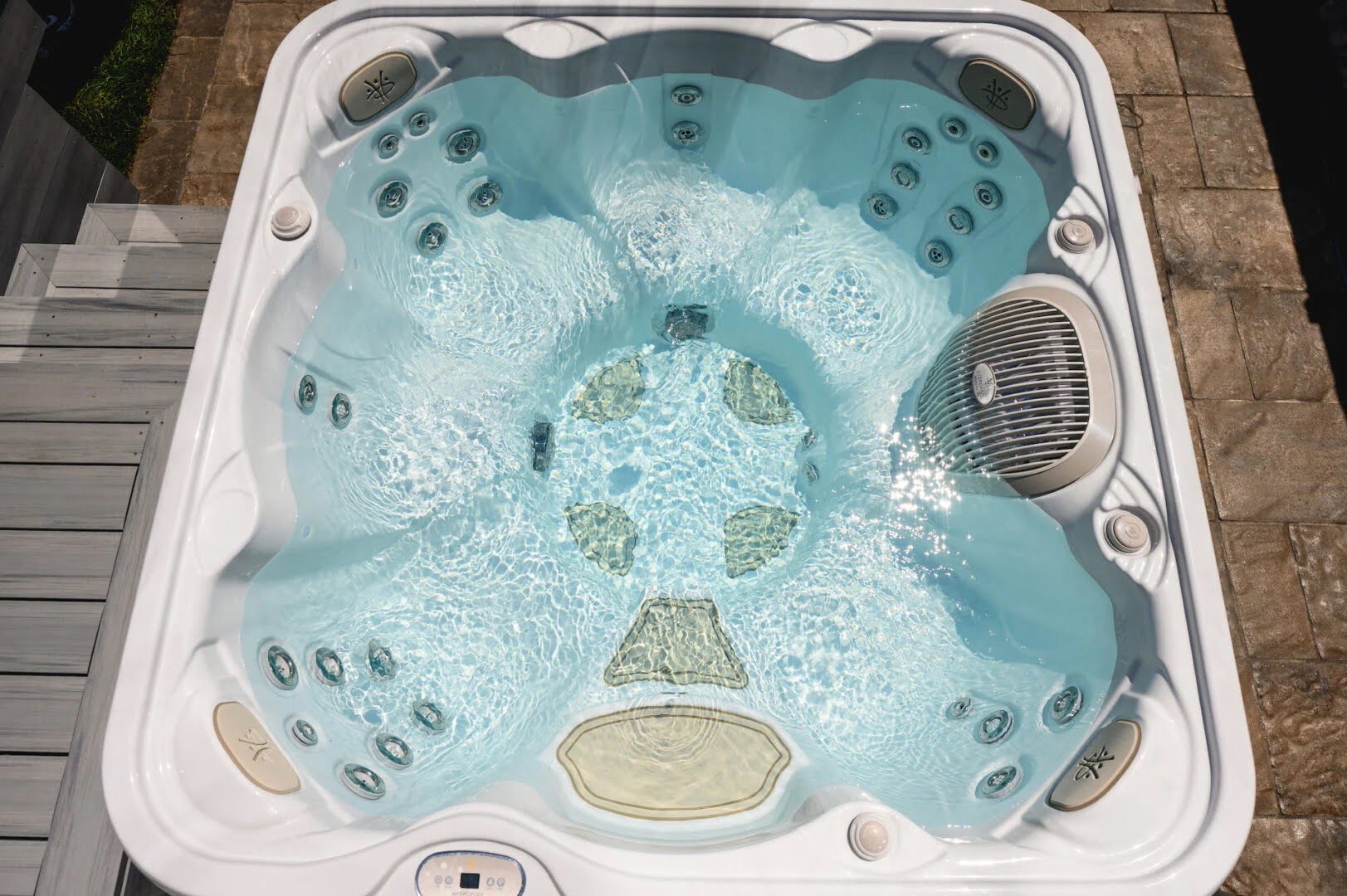
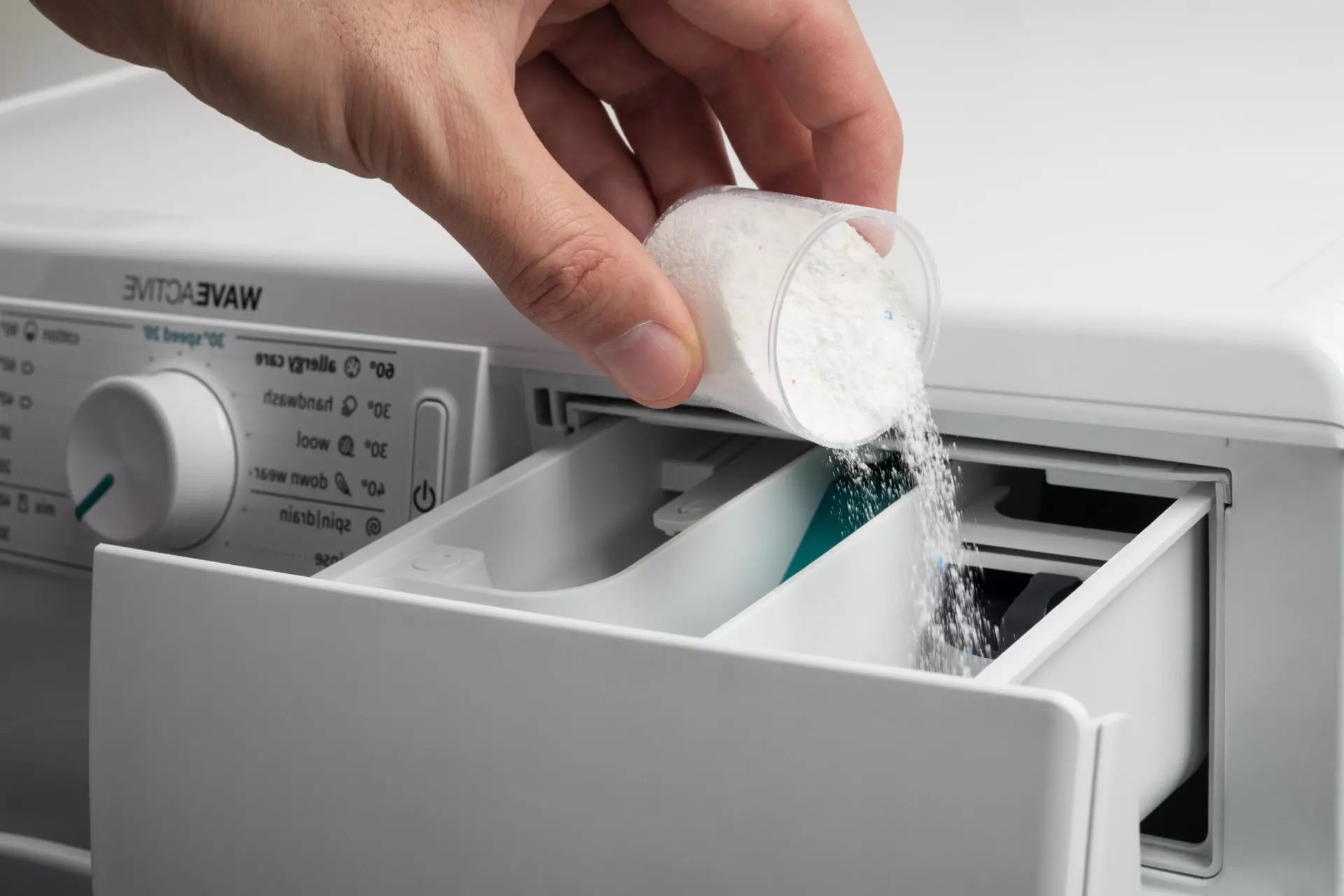
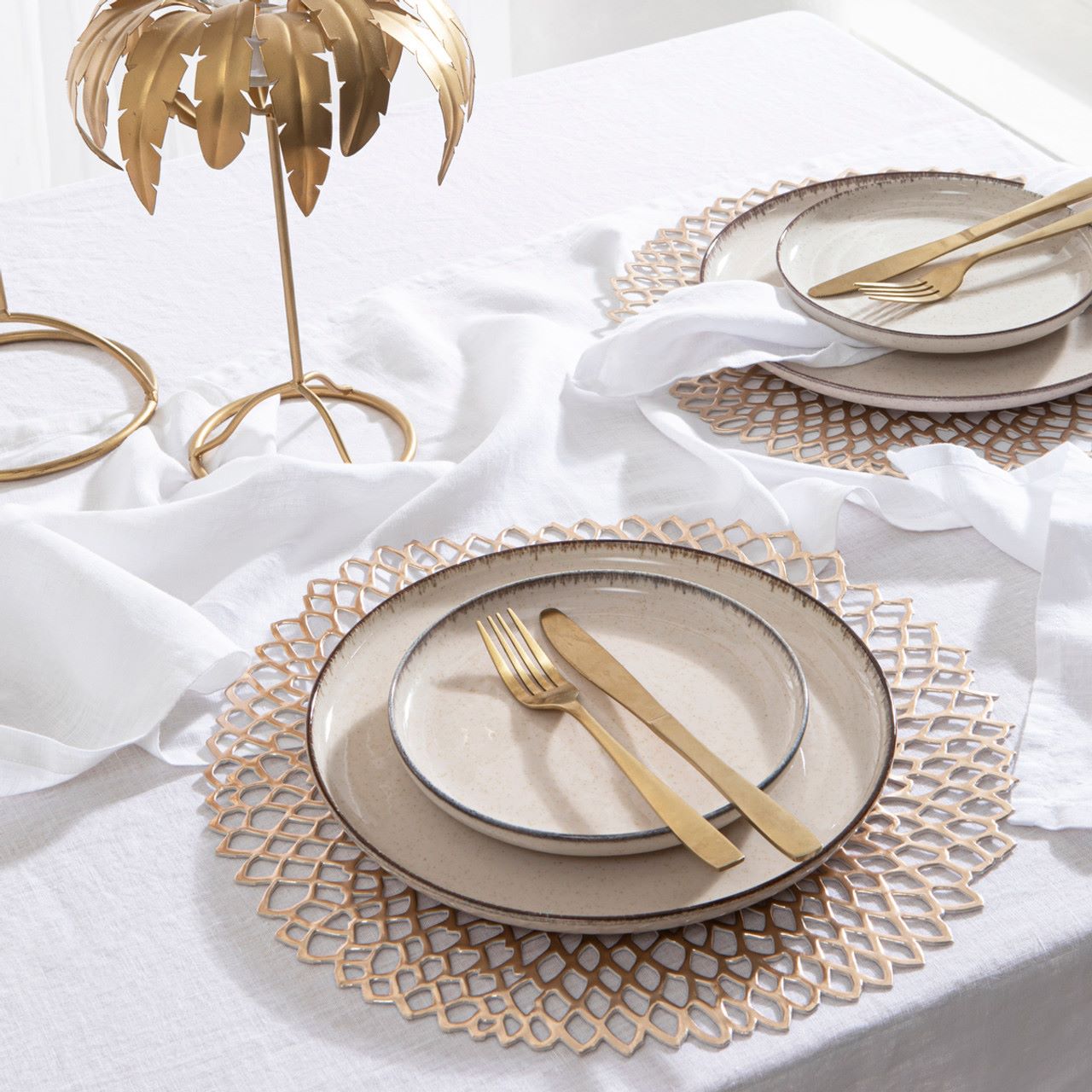
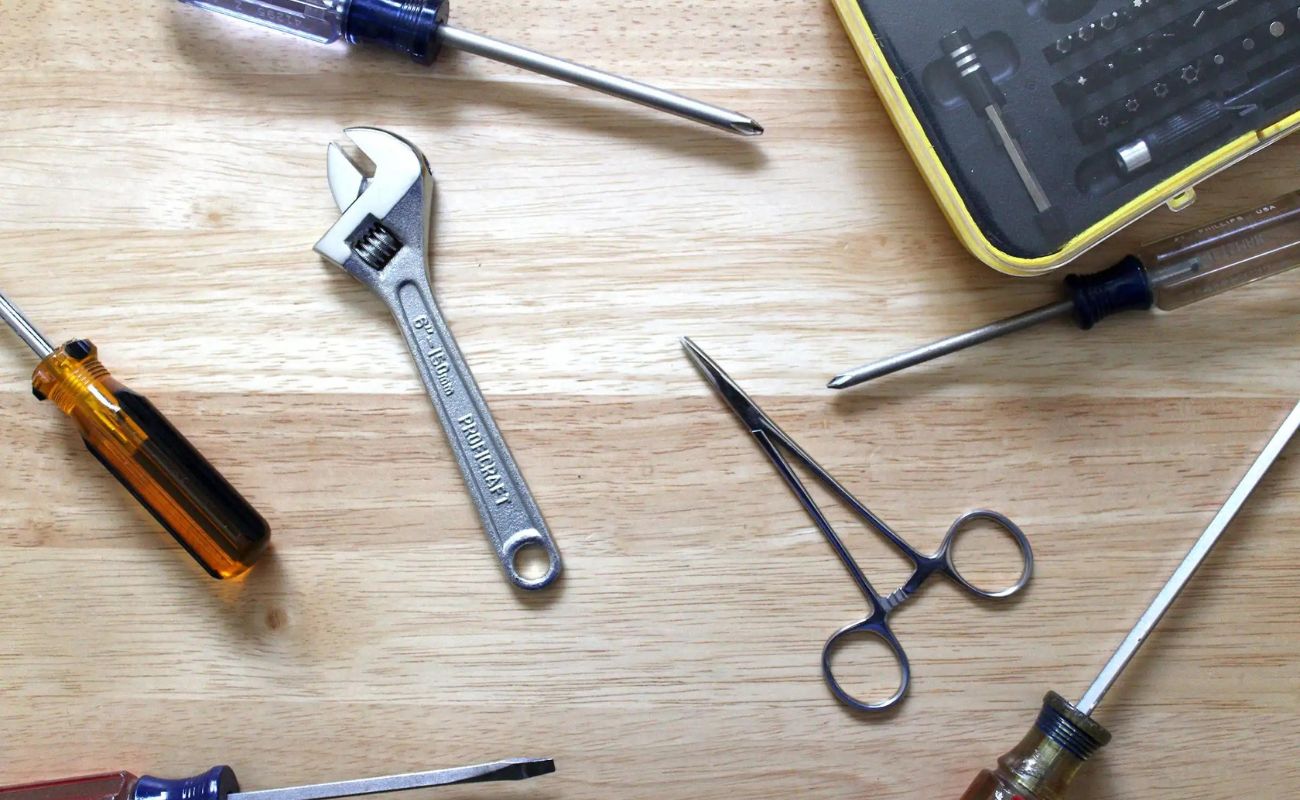
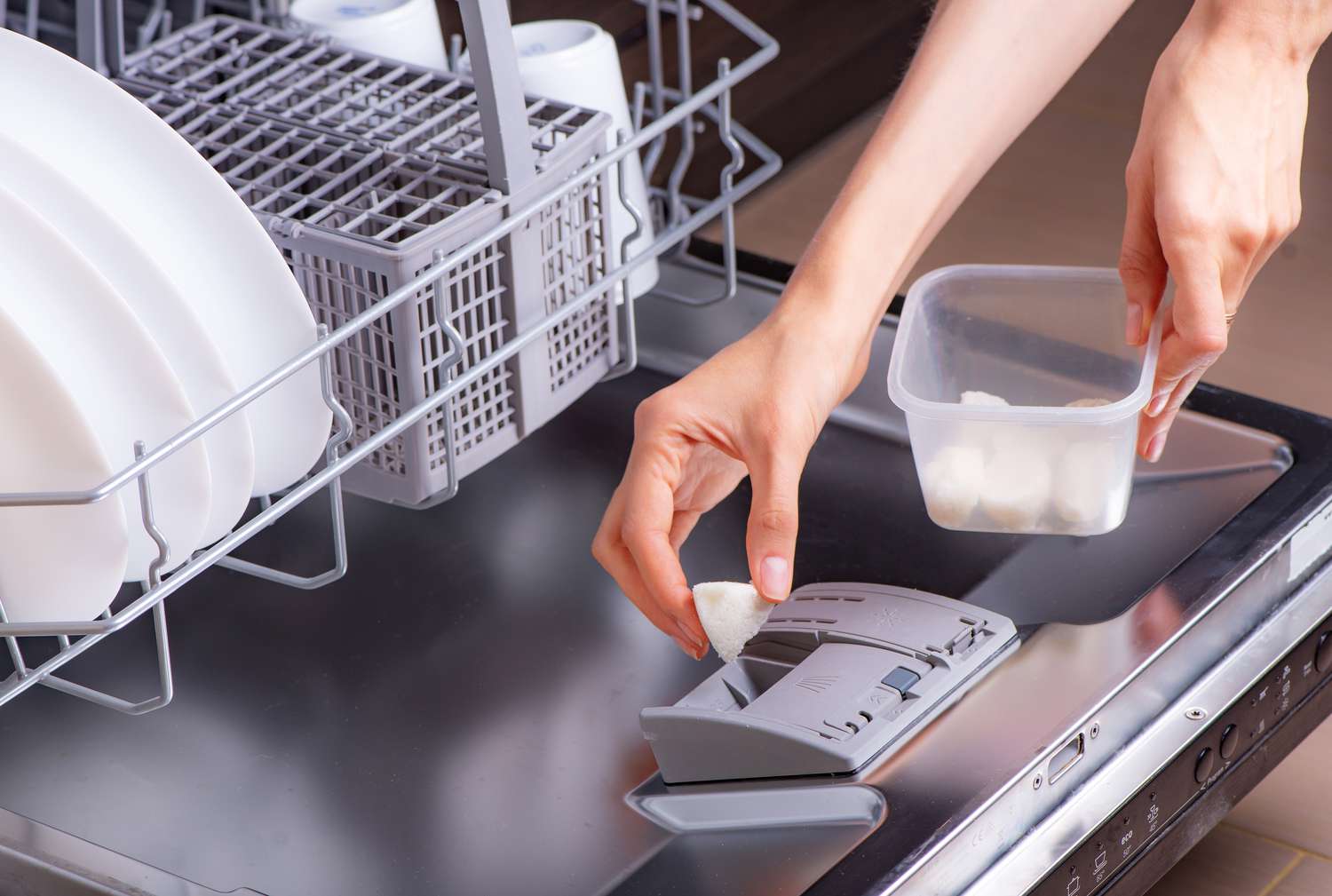
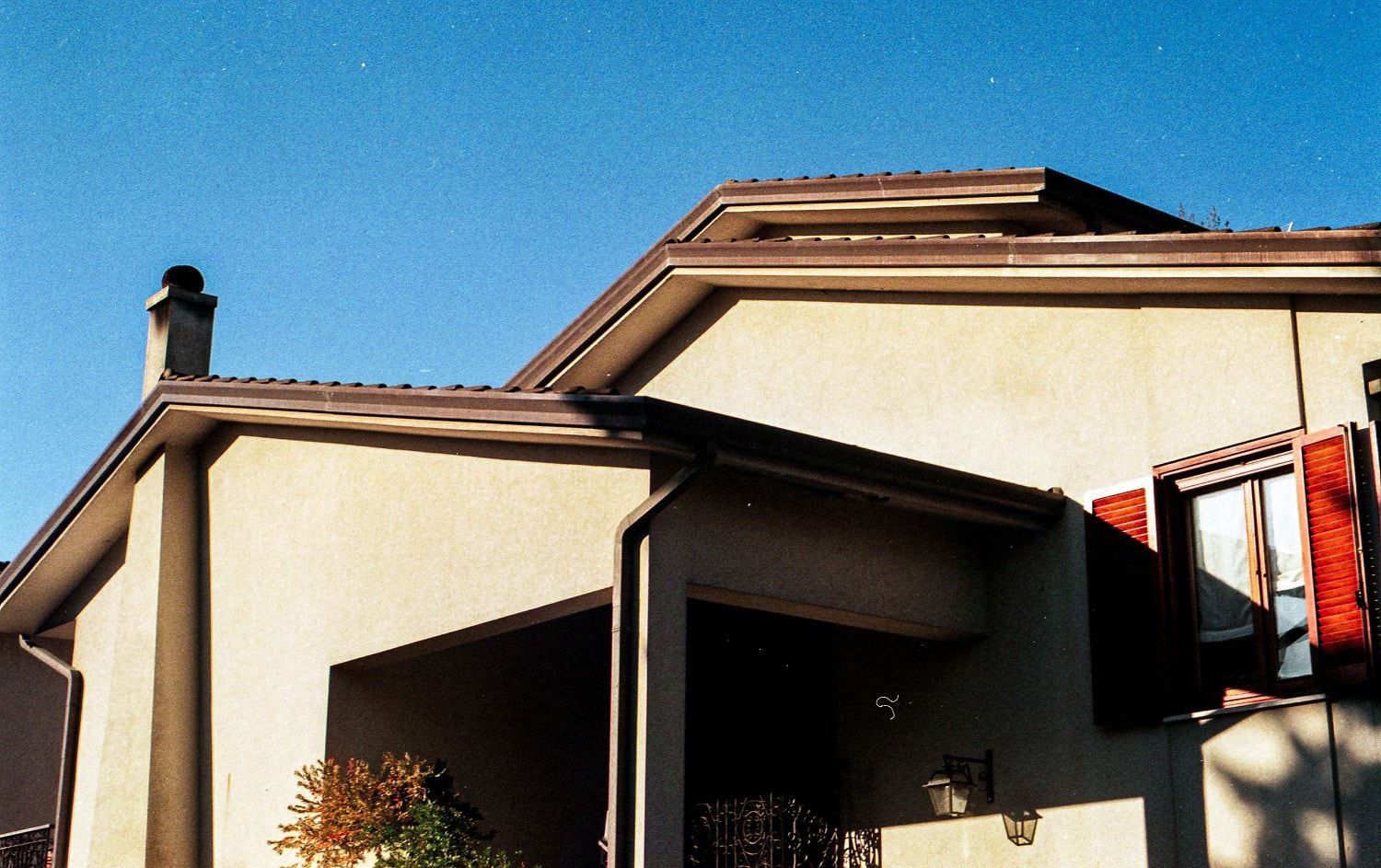

0 thoughts on “What Can I Use Instead Of Placemats”